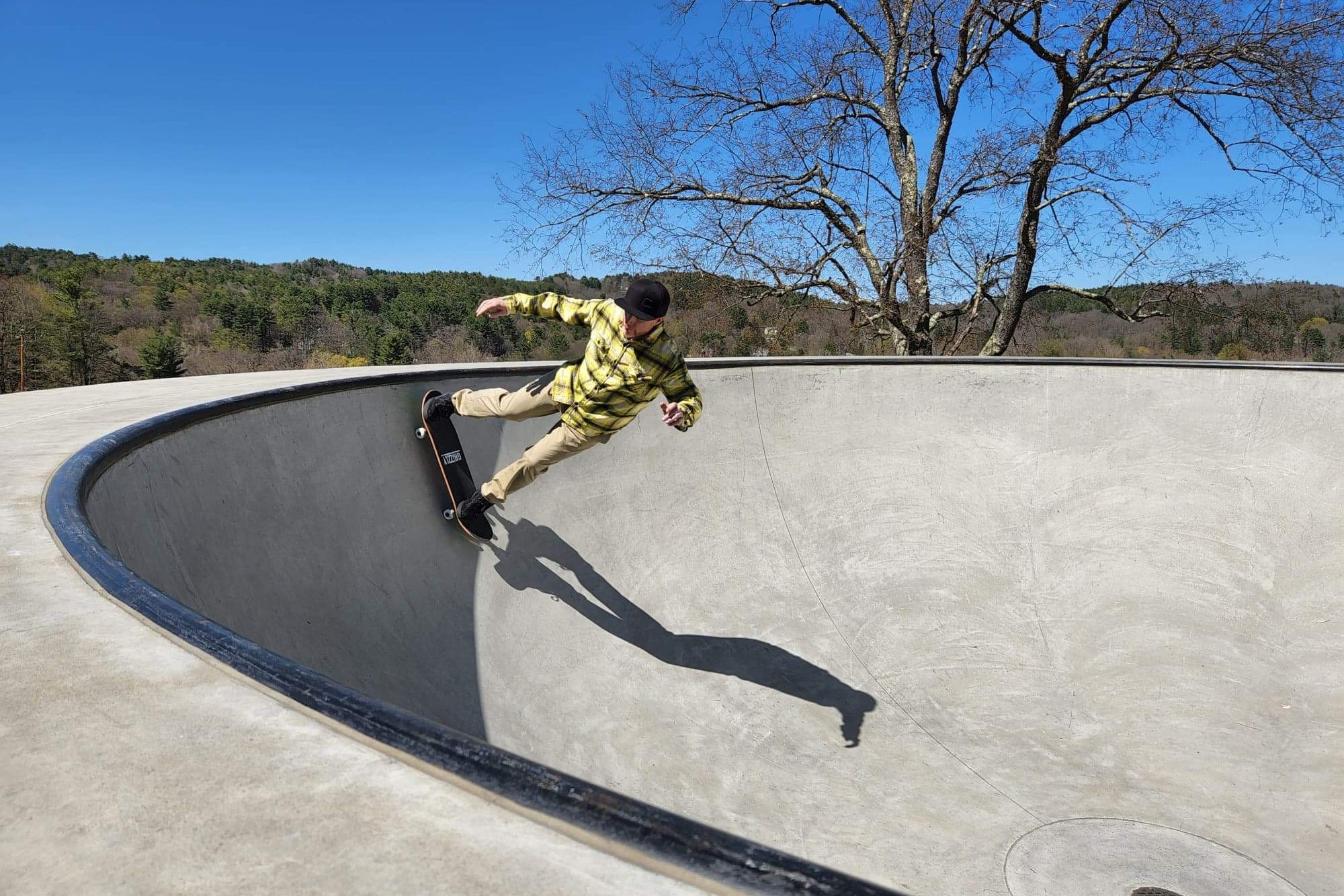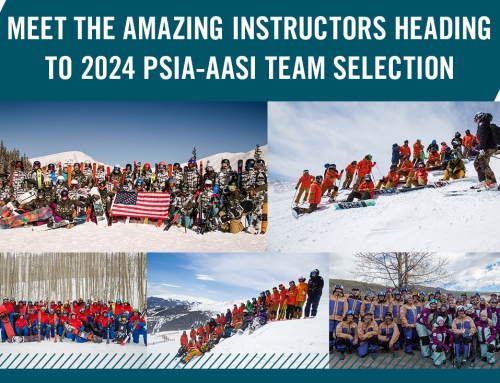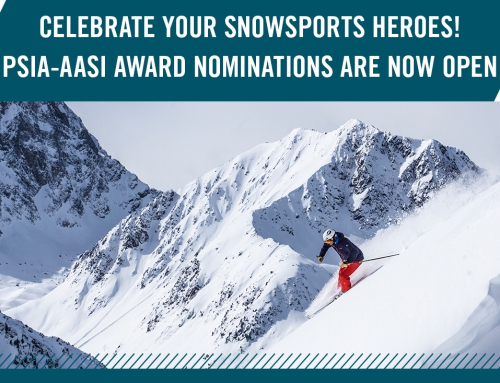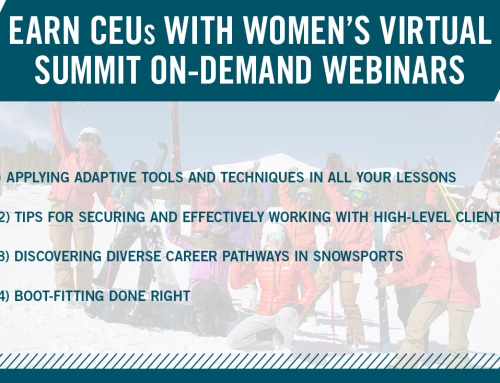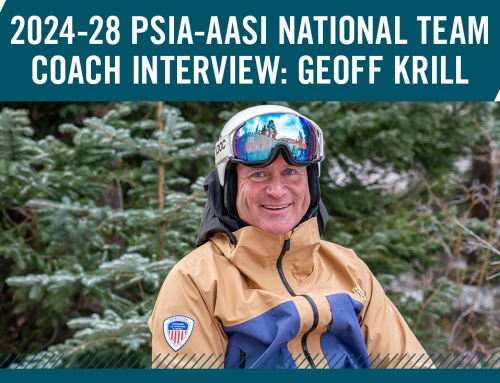Team Summer Adventures: Brian Donovan
Catch up with PSIA-AASI National Team members as they share their summer adventures and how it keeps them on their game for winter. Here’s how AASI Snowboard Team member Brian Donovan spent his summer.
What’s been your go-to summer activity or big summer adventure?
I spent my summer getting back to activities that were difficult to do during COVID like travelling, visiting friends and family, live sporting events, and playing outside.
Skateboarding has always been a terrific compliment to snowboarding for me. I’ve gone through phases of street skating as a kid growing up, to finding more enjoyment out of transition skating and ramp skating for the last decade. I spent a lot of time this summer exploring new skateparks all over New England and skating with new people.
I donated some old skateboards to peers getting into the sport and spent time skating with them. I also took an active role writing a petition to my local town officials to save our local skatepark from being “re-purposed.”
How does this keep you physically and mentally engaged in the offseason?
Skateboarding is the low hanging fruit as both a way to stay sharp with the physical skills needed for snowboarding as well as a mental exercise in how skateboarding movements translate to snowboarding, and coaching snowboarding. I’ve never found another activity that perfectly mimics snowboarding like skateboarding does. It challenges me to work on my balance and pay attention to the connection between my body movements and the resulting performance I get out of my skateboard.
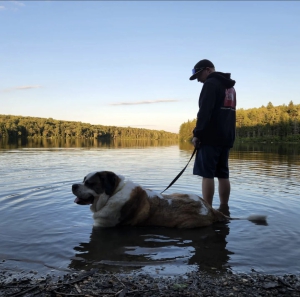
What did you learn?
First, skating keeps me in motion and sliding/rolling around sideways. It works on timing and balance and gives me unparalleled feedback on body positioning. I often get lazy while snowboarding and can get away with being slightly out of balance because I’m attached to my board. Not the case when skating. If I get too far outside of my feet and too far extended laterally or longitudinally, my board rolls out from underneath me and I go down, hard sometimes. For snowboarding, this helps me understand those balance points and how important the timing, intensity, and duration of my movements are to get the outcomes I’m looking for.
Second, I am continuously reminded what being perpendicular to the terrain and my equipment feels like and what it does for me. If I don’t maintain a perpendicular stance, I get locked up over one leg or the other and am not as athletic or proactive. This is a blunt reminder to find ways to stay mobile and athletic on my snowboard without getting too far away from being perpendicular to the terrain I’m riding.
Third, I’ve focused in on progression without continued and repeated failures. What I’ve learned is that when I am unsuccessful attempting a trick a few times in a row, instead of upping the frustration by continuing down the path of repeated failures, I need to go work on a completely different skill or maneuver. Sometimes by breaking away from repeated failures, I’ve been able to find success somewhere else that translates to skill building and confidence that directly translate back to the original skills I was working on. When teaching snowboarding, I need to find opportunities to coach to skills and successes, have my finger on the pulse of my students’ frustrations, and find opportunities to pivot the focus or activity to keep us progressing forward and having fun.

